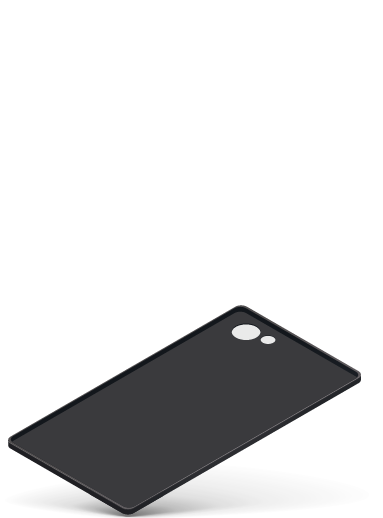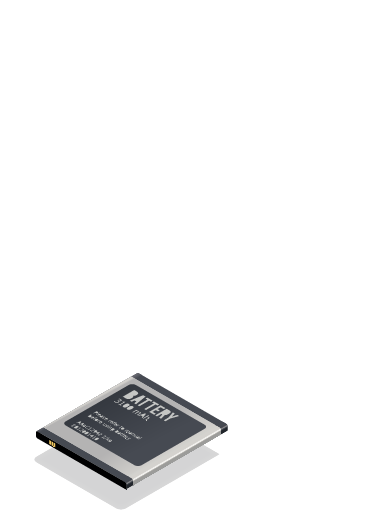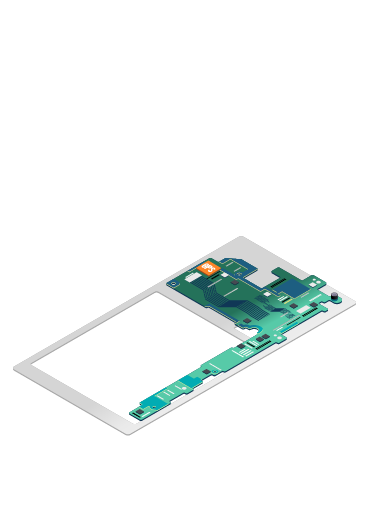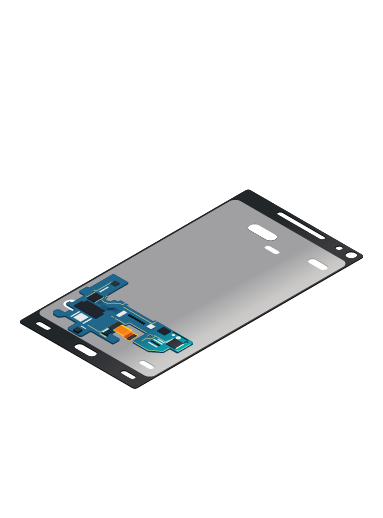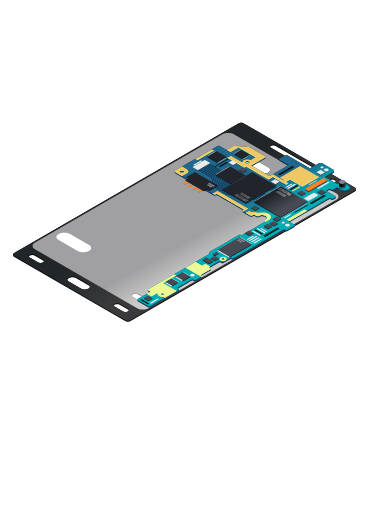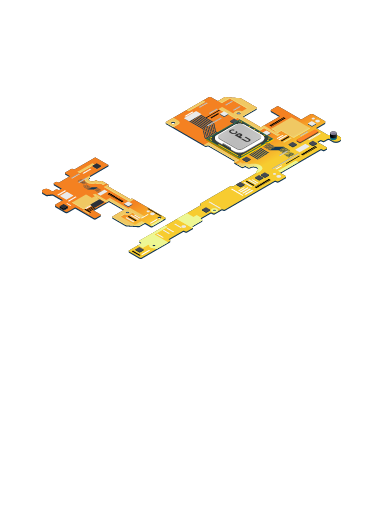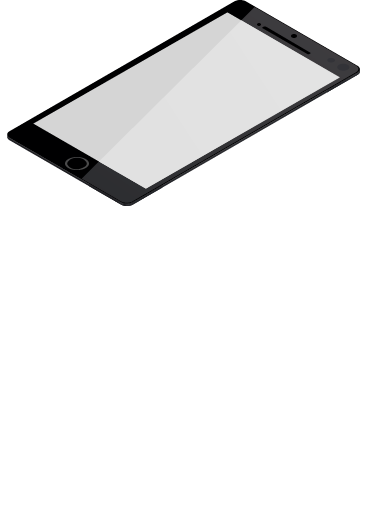
Multi-Touch Screens
The resistive touch screen (a screen that can be manipulated with a finger or stylus) was developed in 1971 by Samuel Hurst at the University of Kentucky. The multi touch functionality was developed by Wayne Westerman and John Elias at the University of Delaware, with funding from the National Science Foundation. The two Delaware researchers would go on to found FingerWorks, a touch screen manufacturing company. FingerWorks would be acquired by Apple, Inc., and play a major role in the functionality of the Apple iPhone when it rolled out in 2007.
Central Processing Units
Three university researchers are credited with inventing the first CPU: John Atanasoff of Iowa State College, and John Mauchley and J. Presper Eckert of the University of Pennsylvania. Atanasoff created the first automatic electronic digital computer but stopped work on the machine when he left his faculty position for the war effort during World War II. In 1946, using funding from the U.S. Army, Mauchly and Eckert announced the first electronic general purpose computer.
Multi-Core Processors
Professor Kunle Olukotun and his research group at Stanford University in 1995 used Department of Defense funding to develop the first multicore processor, which allowed computers to become more responsive and powerful with less heat generation. The iPhone has used multicore processing since 2009.
Magnetic RAM
MIT researcher Jay Wright Forrester performed the U.S. Navy-supported research that resulted in the creation of the first magnetic core RAM, a predecessor to Dynamic Random Access Memory. The development of magnetic core memory laid the groundwork for the smartphone's modern computing processes.
GPS
Satellite navigation was invented during the Cold War by a research team at the Johns Hopkins University Applied Physics Laboratory, led by Richard B. Kershner. Under contract with the Department of Defense and NASA, the team developed the Transit Navigation Satellite System, the precursor to today’s modern, commercial GPS.
Lithium Ion Battery
Rechargeable lithium-ion batteries were made possible by the invention of lithium cobalt oxide cathode materials by physicist John Goodenough during his time at Oxford University. Later at the University of Texas, with funding from the National Science Foundation and the Department of Energy, he made further discoveries on the use of less expensive, alternative materials for the batteries. This work enabled widespread use of the batteries in compact devices such as phones and laptop computers.
Without University Research
This is your smartphone without university research. Learn about more groundbreaking university research.
